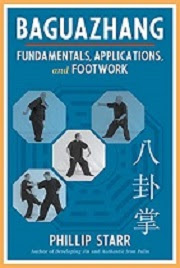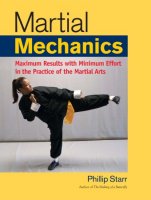by Yang Shuangxing
The word “Way”, as it is used within the context of what we're considering is prounced “Dao” in Chinese, and “Do” (sounds like “dough”) in Japanese and Korean. However, in both Chinese and Japanese, it is written with the same character...道. It is often translated as “a path, a road”, but there's more to it than that. Much. More. “Do” refers to an art; a fine discipline that transcends the purely physical aspects of its dimension...aesthetic and spiritual dimensions underlie the the physical aspects.
The word “shu” in Chinese (“jutsu” in Japanese) is written “ 术” and is often translated as “art.” However, it actually refers to “technique” rather than “an art” of some kind. Thus, “jujutsu” refers to the outer technique only; it doesn't seek to go beyond that. So we have jujutsu, aiki-jutsu, kenjutsu (using the sword), karate-jutsu, and so on. Their interest is only in the arena of combat. Period.
A “do” seeks much more than that and is intended to develop the character and spirit of its adherents, as well as promoting the learning of combative aspects. And we have forms of “do” that have nothing to do with self-defense; chado (Japanese tea ceremony), kado (flower arranging), shodo (writing calligraphy with a brush), and a few others. To my mind, the “do” forms transcend the “jutsu” forms and take them to the next level and beyond.
It was/is the “do” forms that initiated the development of “grades.” We're all familiar with the dan/kyu system used in ranking martial arts adepts. This was first used in judo; most “do” forms eschew “kyu” ranks (in martial arts these are steps below black belt) and their first real grade is that of “shodan” (in martial arts, the first grade of black belt...but bear in mind that “shodan” doesn't mean “first degree black belt. It means simply, “first grade.”). Such grading is found not in martial ways, but also in other “do” forms- of course, they don't award or wear a black belt or any kind of outer sign of their grade; they simple present a certificate





















No comments:
Post a Comment